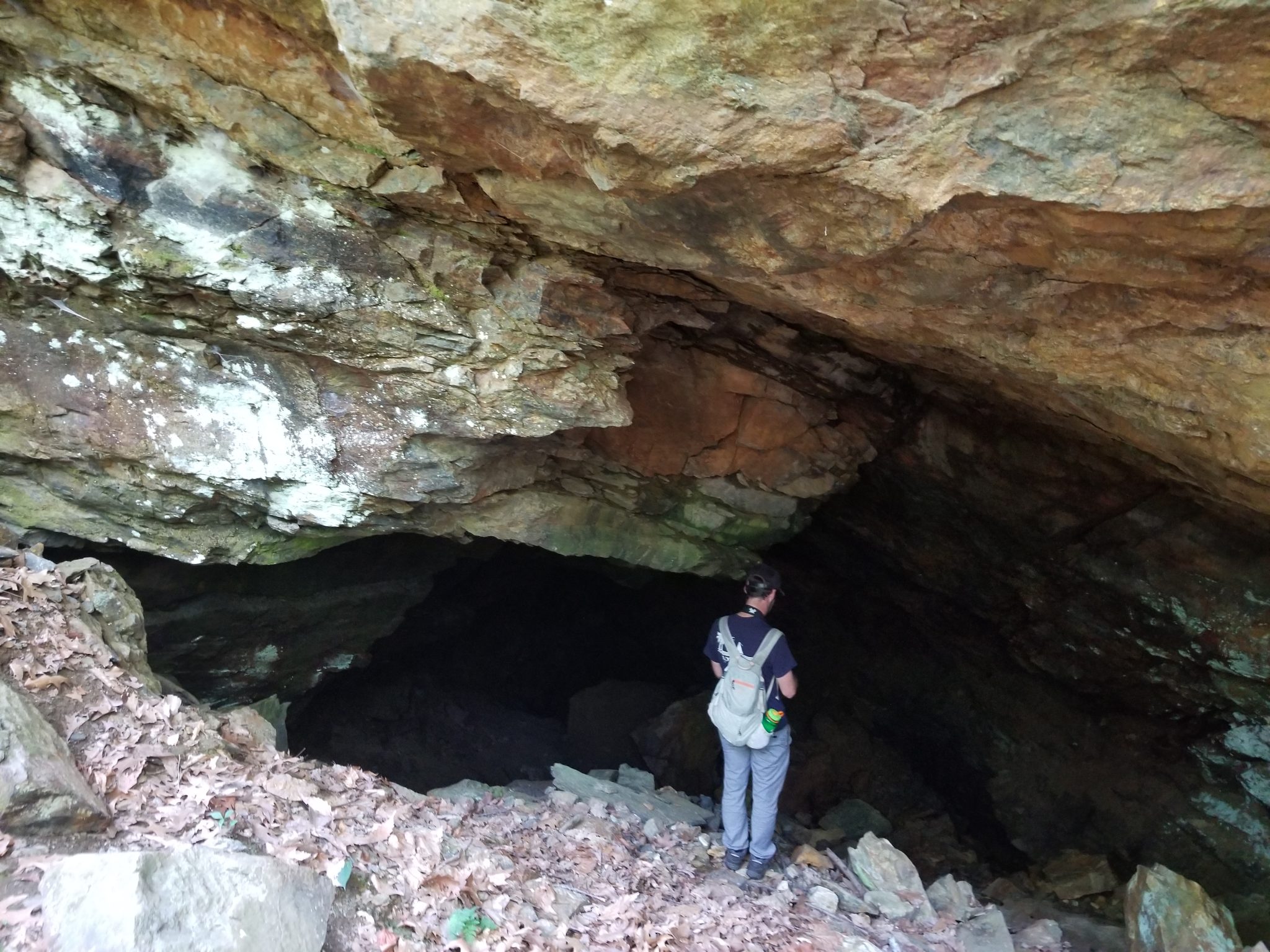
Project: Once upon a time, this mine had the largest colony of bats in eastern Pennsylvania. Unfortunately, white-nose syndrome has decimated the population to a tiny fraction of what it once was. However, the bats will return! Populations in other parts of the world, struck down by white-nose, are starting to rebound – albeit slowly. […]
Read More…
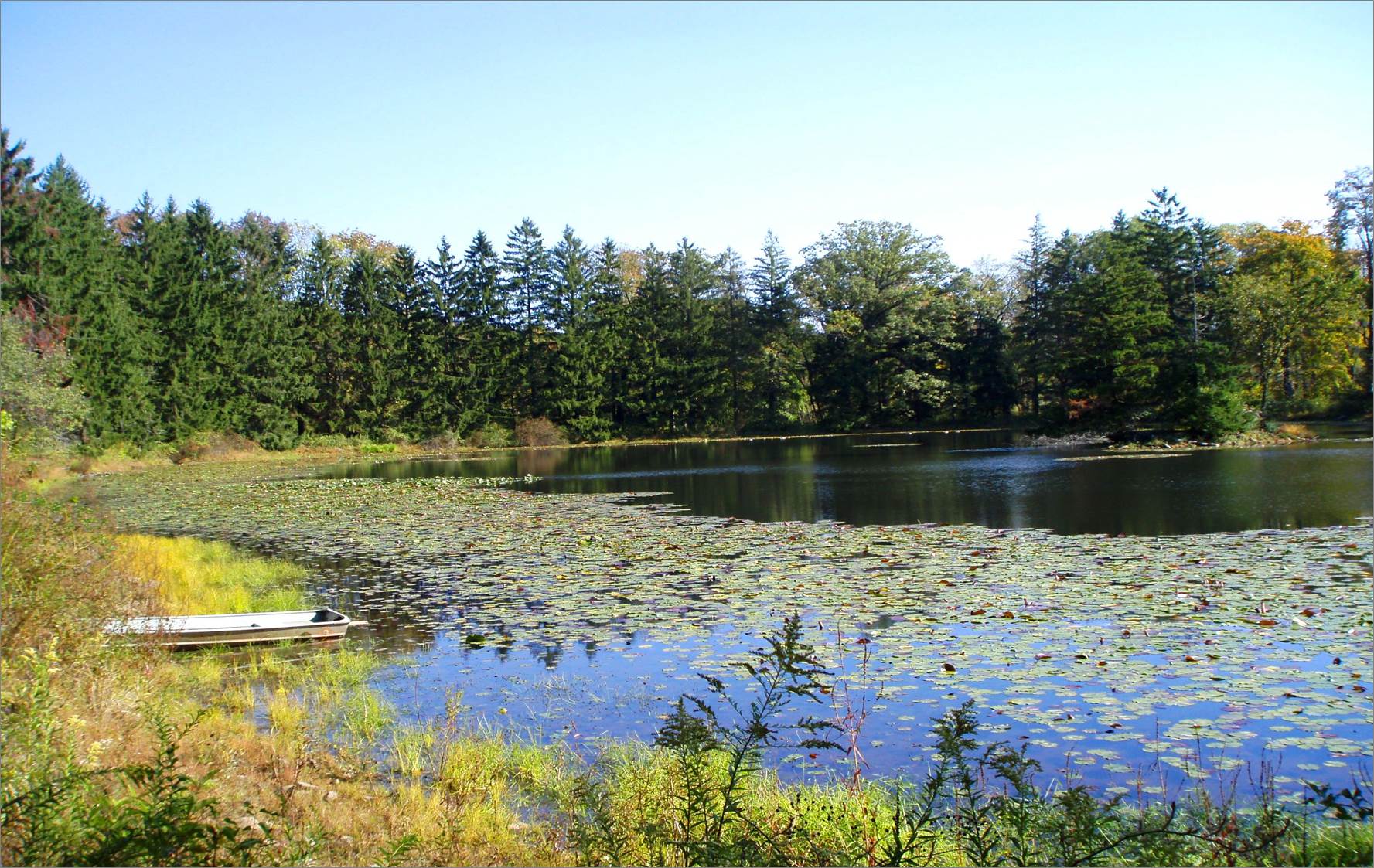
Project: Invasive species threaten our native plants by crowding them out and outcompeting them for resources. They also have the added benefit of being unencumbered by diseases, parasites, and herbivores. Join us as we work to remove them from around our native plants to give them the space they need to thrive. Make sure you […]
Read More…
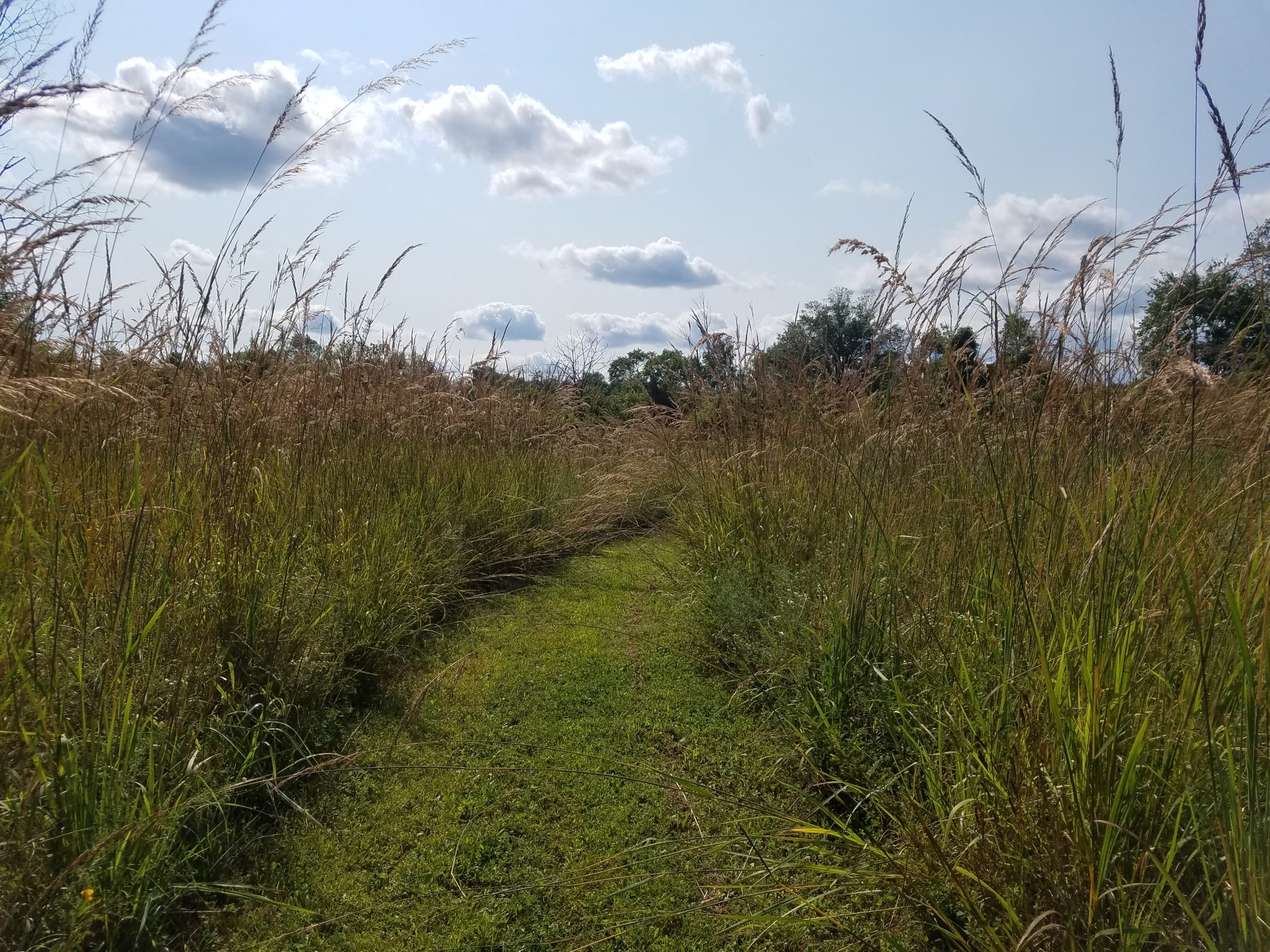
Project: Invasive species threaten our native plants by crowding them out and outcompeting them for resources. They also have the added benefit of being unencumbered by diseases, parasites, and herbivores. Join us as we work to remove them from around our native plants to give them the space they need to thrive. Work level: Easy […]
Read More…
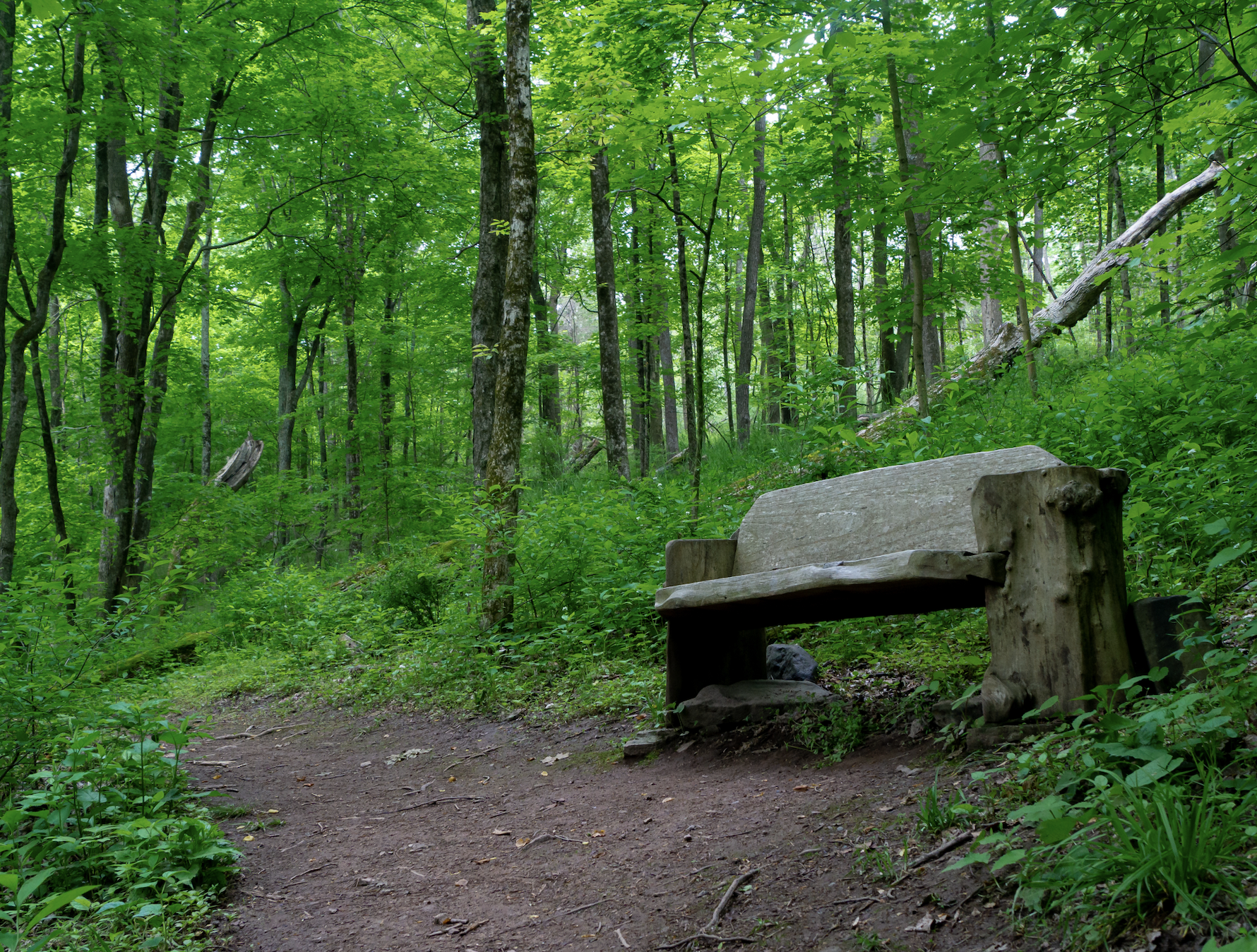
Project: Invasive species threaten our native plants by crowding them out and outcompeting them for resources. They also have the added benefit of being unencumbered by disease, parasites, or herbivores. Join us as we work to remove them from around our native plants to give them the space they need to thrive. Work level: Easy […]
Read More…
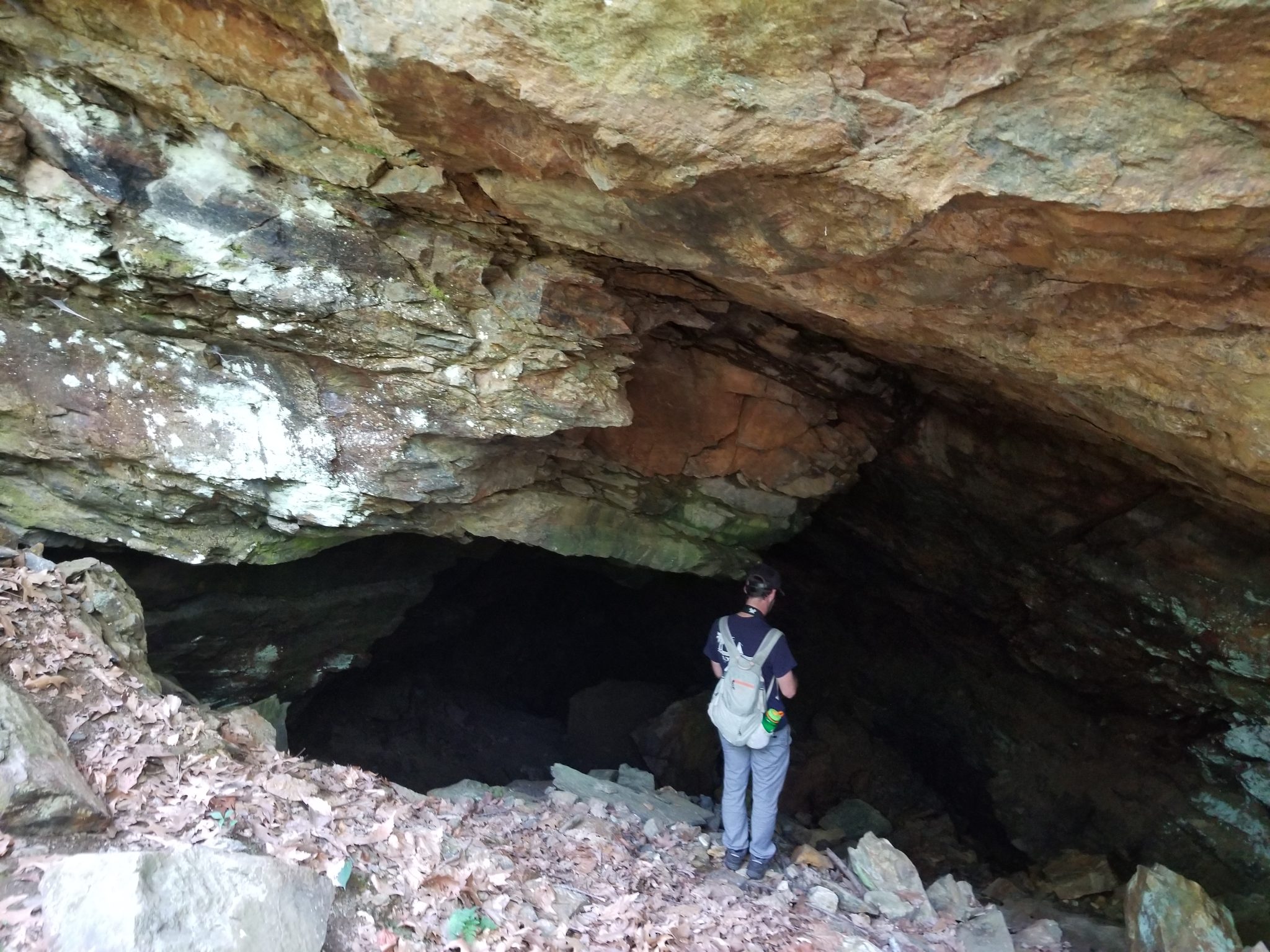
Project: Garlic mustard was first found in Long Island, NY, in 1868, and was brought here from Europe as a food and medicinal source. The roots from this plant secrete chemicals that inhibit the growth of soil fungi, which are essential for connecting seedlings to the forest network of roots from older trees. Additionally, garlic […]
Read More…
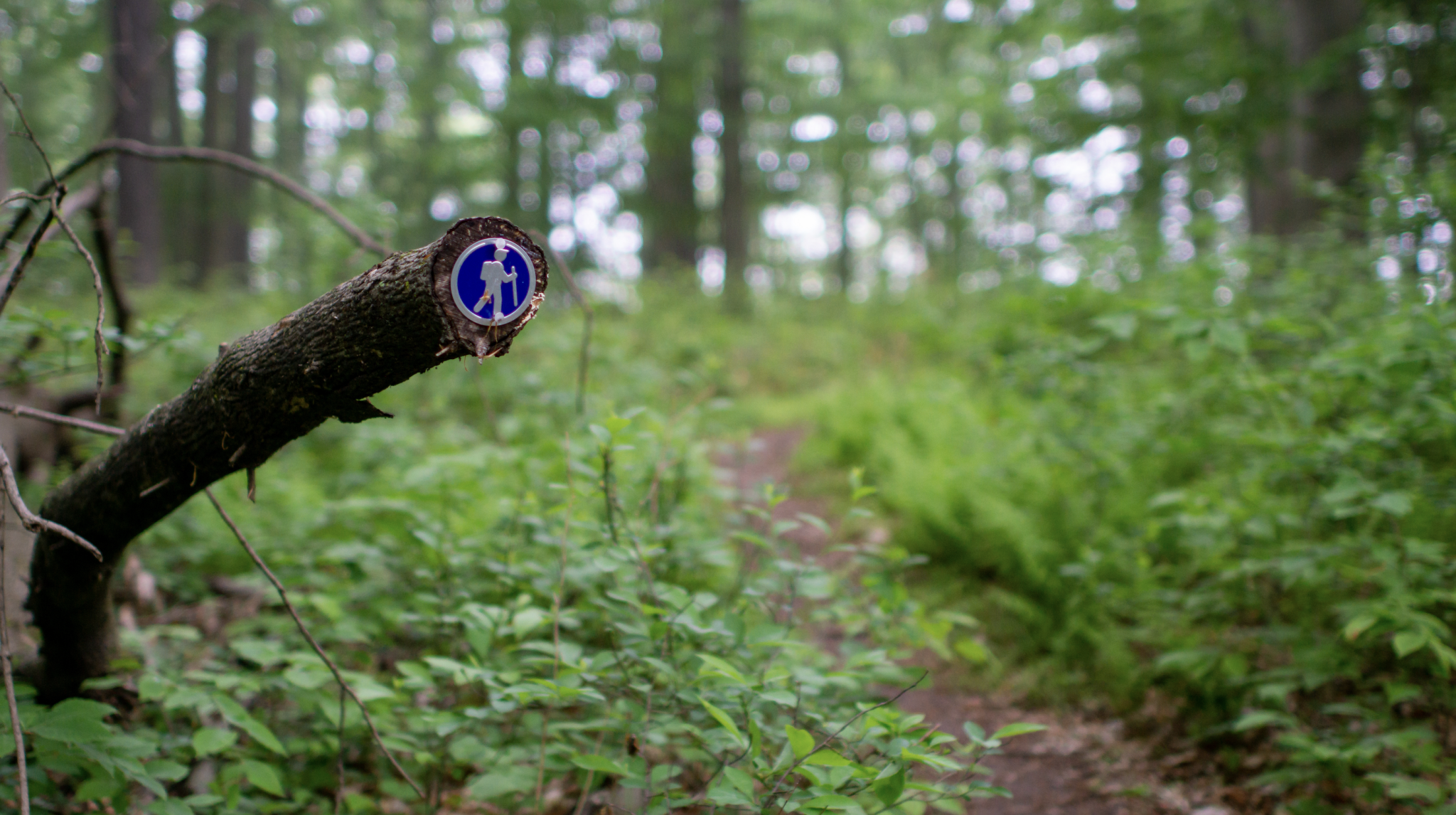
Project: Join us as we plant native trees and shrubs in the area we’ve been working on all winter and spring. A healthy riparian buffer stabilizes eroding streambanks, absorbs excess water runoff, fertilizers and pesticides, filters sediment, and cools the water making it more hospitable to a diversity of organisms. Work level: Moderate Tools: We […]
Read More…

Project: Garlic mustard was first found in Long Island, NY, in 1868, and was brought here from Europe as a food and medicinal source. The roots from this plant secrete chemicals that inhibit the growth of soil fungi, which are essential for connecting seedlings to the forest network of roots from older trees. Additionally, garlic […]
Read More…

Project: Garlic mustard was first found in Long Island, NY, in 1868, and was brought here from Europe as a food and medicinal source. The roots from this plant secrete chemicals that inhibit the growth of soil fungi, which are essential for connecting seedlings to the forest network of roots from older trees. Additionally, garlic […]
Read More…

Project: Garlic mustard was first found in Long Island, NY, in 1868, and was brought here from Europe as a food and medicinal source. The roots from this plant secrete chemicals that inhibit the growth of soil fungi, which are essential for connecting seedlings to the forest network of roots from older trees. Additionally, garlic […]
Read More…

Project: Garlic mustard was first found in Long Island, NY, in 1868, and was brought here from Europe as a food and medicinal source. The roots from this plant secrete chemicals that inhibit the growth of soil fungi, which are essential for connecting seedlings to the forest network of roots from older trees. Additionally, garlic […]
Read More…






